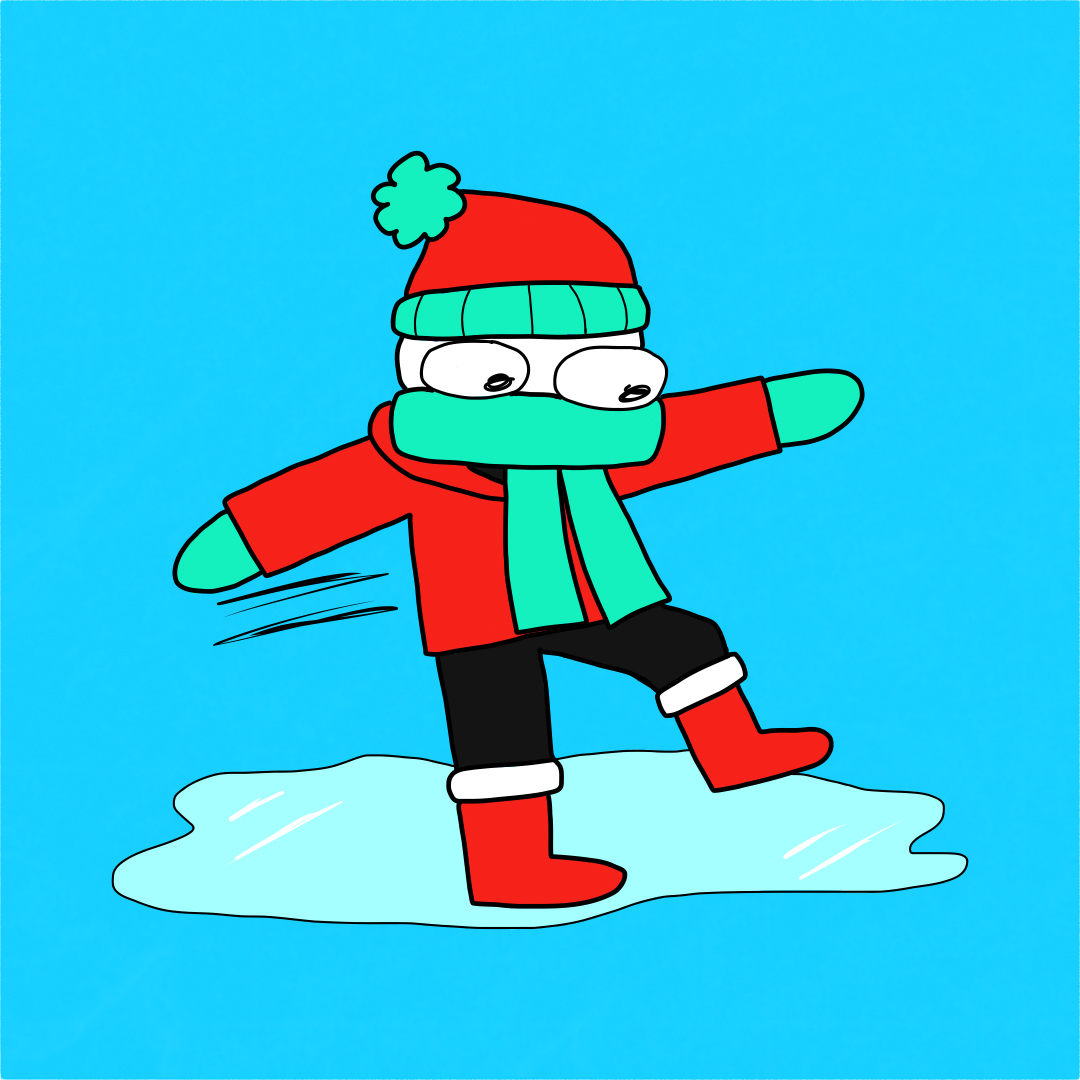According to the National Weather Service, Northeast Ohio experienced minimum temperatures ranging from three to 14 degrees last week. With temperatures rising to 40 degrees this week, the snow is beginning to melt in some areas around campus, which may increase the risk of black ice and make slips and falls more likely.
So when you can’t avoid the ice, what should you do? People commonly fall by “just hitting a patch of ice or snow and losing balance,” said Amanda Bretzin, health promotion and assessment specialist at DeWeese Health Center.
When it’s icy, Bretzin advises students to try to walk with their knees bent and to take their time to prevent falls.
“Keep your steps side to side almost like a penguin so that you are maintaining your center of gravity,” she said. “Make sure you have extra time so that you are not in a rush, and wear shoes with rubber soles to gain traction.”
Wearing the proper shoes can help decrease your chances of slipping, explained Bill Sackman, the owner of Shoemaker’s Outlet in Ravenna. Sackman believes the shoes you wear are important, as shoes with smoother soles, like Uggs, sneakers or Crocs, can increase your chances of slipping.
“As far as shoes, often people do not pay attention to that,” Sackman said. “They care about looking fashionable.”
Sackman recommended the best shoes for winter are shoes that have tread. He said many factors determine how quickly the tread on your shoes becomes dull.
“Individual results may vary for shoes because how fast they wear out can depend on how often you wear them and the person’s weight,” Sackman said.
For example, he said the popular brand, Columbia, has winter boots that may last two to four years.
If you fall on the ice, how do you know when you should go to the health center or hospital?
DeWeese Health Center made this list of indicators to seek medical help after a fall:
- Bumping your head
- Loss of consciousness before or after a fall
- Slurred speech
- Blurry sight
- Numbness or tingling
- Fluid discharge that comes from the nose or ears
- Pain that worsens with movement
- Visible fractures
- Uncontrolled bleeding
- Vomiting
If you experience these symptoms, according to DeWeese Health Center, you could have a head injury such as a concussion, broken bones etc., and should be seen by a trained medical professional as soon as possible.
Joi Sims is a reporter. Contact her at [email protected].


